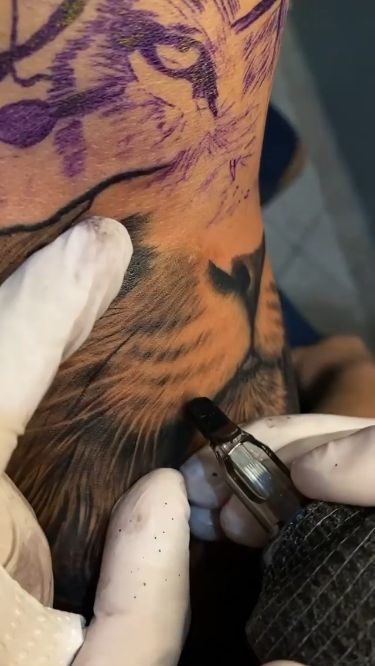The Art and Science of Making Tattoos
Tattooing is an ancient art form transcending cultural boundaries and historical epochs. From tribal markings to modern artistic expressions, tattoos hold personal, cultural, and social significance. This article explores the intricate process of making tattoos, delving into the history, techniques, safety measures, and the artistic journey from conception to completion.
A Brief History of Tattooing
The practice of tattooing dates back thousands of years, with evidence of tattoos found on mummies and preserved skin from various ancient civilizations. The oldest known tattoos were found on Ötzi the Iceman, a mummy dating back to around 3300 BCE. Different cultures have utilized tattoos for various purposes: to signify social status, as rites of passage, for protection, or as symbols of religious beliefs. In modern times, tattoos have evolved into a form of personal and artistic expression, transcending their historical and cultural origins.
The Process of Making Tattoos
Conceptualization and Design:
Consultation: The tattoo process begins with a consultation between the artist and the client. This stage is crucial for understanding the client's vision, preferences, and any symbolic meanings they want to incorporate.
Design Creation: The artist sketches a design based on the consultation. This may involve freehand drawing or digital design tools, allowing for adjustments and refinements until the client is satisfied.
Preparation:
Sanitization: Ensuring a sterile environment is paramount. The tattoo studio and equipment must be cleaned and sterilized. Artists wear gloves and use disposable needles and tubes to prevent cross-contamination.
Stencil Application: Once the design is finalized, it is transferred onto the client's skin using a stencil. This serves as a guide for the tattoo artist.
Tattooing:
Outlining: The artist begins by outlining the design using a tattoo machine equipped with a single needle or a small group of needles. This step requires precision and steady hands to create clear, defined lines.
Shading and Coloring: After the outline is complete, the artist adds shading and color. This involves using different needle configurations and techniques to achieve depth, texture, and vibrancy in the tattoo.
Pain Management: Tattooing can be painful, depending on the location and individual pain tolerance. Artists often advise clients on breathing techniques and offer breaks to manage discomfort.
Aftercare:
Initial Care: Once the tattoo is finished, the artist covers it with a sterile bandage. Clients are advised to keep the tattoo clean and moisturized, avoiding direct sunlight and submersion in water for the first few weeks.
Healing Process: Proper aftercare is crucial for the tattoo to heal correctly and retain its vibrancy. This includes applying ointment, avoiding scratching, and following the artist’s instructions meticulously.
Safety and Hygiene in Tattooing
Safety and hygiene are critical aspects of the tattooing process. Reputable tattoo studios adhere to stringent health regulations to prevent infections and ensure client safety. This includes:
Use of Sterile Equipment: All needles and tubes should be single-use and disposed of after each session.
Clean Work Environment: The studio should be clean, and all surfaces should be disinfected regularly.
Professional Training: Tattoo artists should be trained in proper hygiene practices and certified in first aid.
The Artistic Journey
Tattooing is as much about art as it is about technique. A skilled tattoo artist combines technical proficiency with artistic talent to create a piece that not only looks beautiful but also holds personal significance for the client. This journey involves:
Understanding Artistic Styles: From traditional to neo-traditional, realism to abstract, artists often specialize in specific styles. Clients should choose an artist whose style aligns with their vision.
Continuous Learning: The best tattoo artists continually refine their skills, learn new techniques, and stay updated with industry trends
Conclusion
Tattooing is a complex and multifaceted process that marries art with meticulous technique and hygiene. It’s a journey that starts with an idea and culminates in a permanent work of art on the skin. Whether it’s a small, simple design or an elaborate, full-body piece, each tattoo tells a unique story and carries a piece of the wearer’s identity. Through careful planning, skilled execution, and proper aftercare, tattooing remains a timeless and evolving form of personal and artistic expression.






